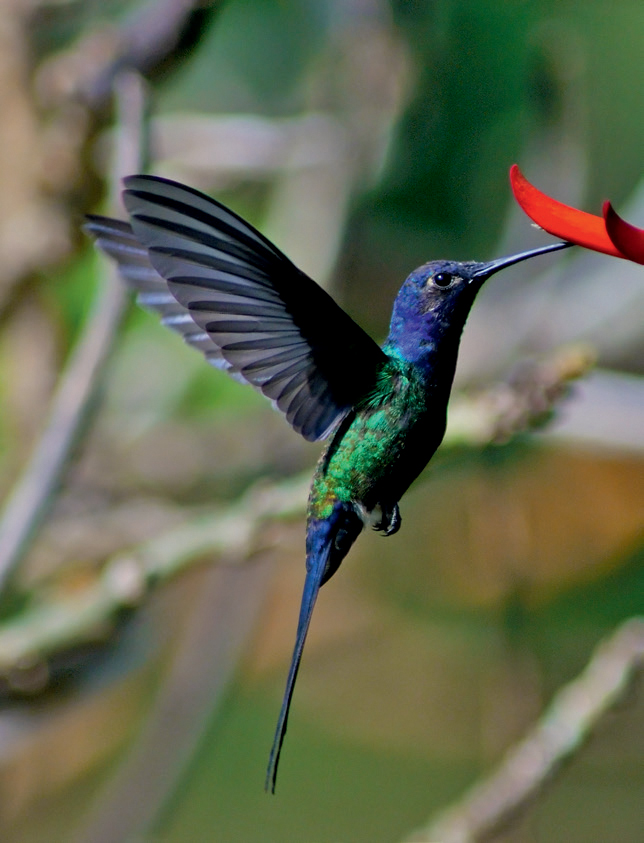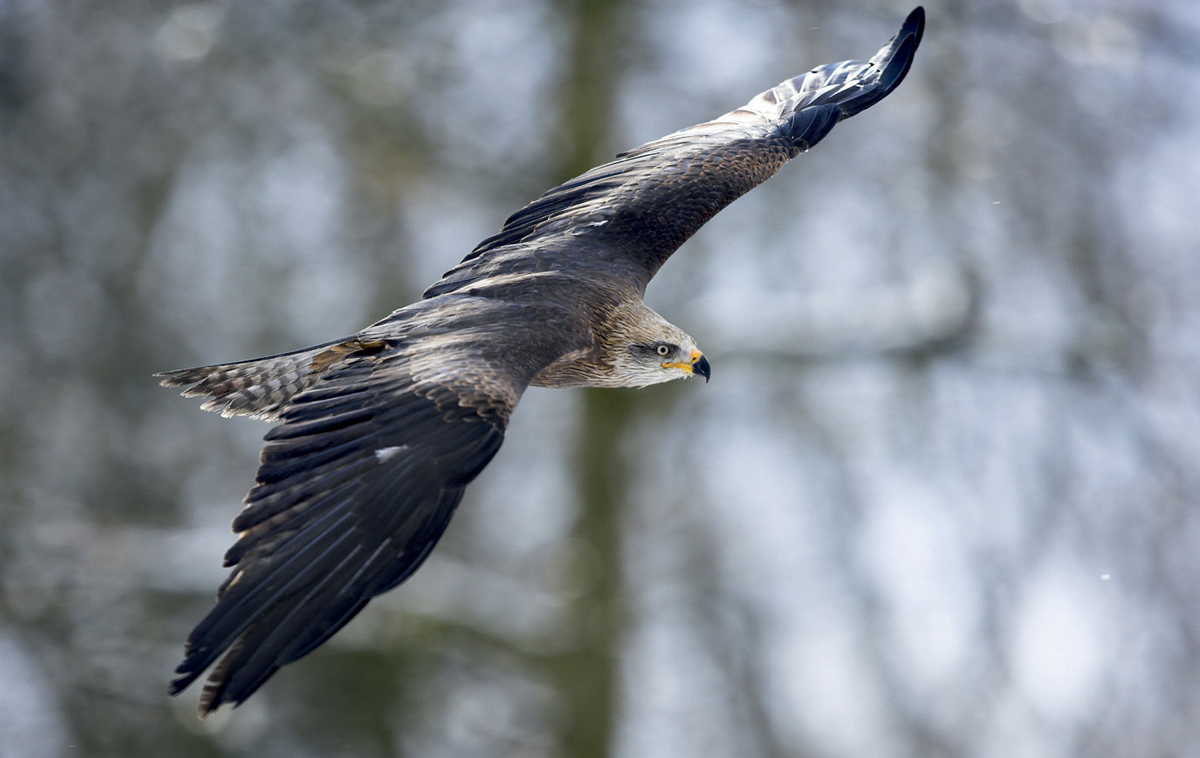

The RSPB is the countrys largest nature conservation charity, inspiring everyone to give nature a home so that birds and wildlife can thrive again.
By buying this book you are helping to fund the RSPBs conservation work.
If you would like to know more about The RSPB, visit the website at www.rspb.org.uk or write to:
The RSPB, The Lodge, Sandy, Bedfordshire, SG19 2DL; 01767 680551.
Bloomsbury Natural History
An imprint of Bloomsbury Publishing Plc
50 Bedford Square | 1385 Broadway |
London | New York |
WC1B 3DP | NY 10018 |
UK | USA |
www.bloomsbury.com
Bloomsbury is a registered trademark of Bloomsbury Publishing Plc
This electronic edition published 2016 by Bloomsbury
First published 2016
Bloomsbury Publishing Plc, 2016
Text Stephen Moss, 2016
Photographs as credited on
All rights reserved
You may not copy, distribute, transmit, reproduce or otherwise make available this publication (or any part of it) in any form, or by any means (including without limitation electronic, digital, optical, mechanical, photocopying, printing, recording or otherwise), without the prior written permission of the publisher. Any person who does any unauthorised act in relation to this publication may be liable to criminal prosecution and civil claims for damages.
No responsibility for loss caused to any individual or organization acting on or refraining from action as a result of the material in this publication can be accepted by Bloomsbury or the author.
A catalogue record for this book is available from the British Library.
Library of Congress Cataloguing-in-Publication data has been applied for.
ISBN: PB: 978-1-4729-3235-8
ePub: 978-1-4729-3236-5
ePDF: 978-1-4729-3237-2
To find out more about our authors and books visit www.bloomsbury.com. Here you will find extracts, author interviews, details of forthcoming events and the option to sign up for our newsletters.
INTRODUCTION
Questions are a way of focusing our interest, but finding answers can be frustrating. Having spent much of my life fielding other peoples questions about birds, I had long yearned for an easy reference source that provided all the answers in a single place. Hence the simple question-and-answer format of this book, which allows any reader to get straight to the answer they want without becoming swamped by information they may not need.
I began the compilation process by collecting raw questions from a broad spectrum of people, including friends and family, beginners and experts, and the staff of my publishers, Bloomsbury. Some were fascinating, some ludicrous and some frankly unanswerable, but all played their part in revealing the kind of things that people would like to know about birds. If you were part of this process, I hope you will find your answer here and, with luck, a lot more besides.
The questions more than 500 in total are arranged in ten chapters, each tackling a major theme, such as feeding, breeding or migration. A comprehensive index helps you locate any question you want answered. Having done so, I hope you will be drawn further in, finding equally interesting answers on related topics, or simply reading onwards to gain a deeper insight into a particular subject.

Humming birds feed on nectar
During the books compilation I used a number of reference books in order to finalise questions, check facts and glean ideas. Of these, the most important were those listed in the bibliography by Bird, Brooke & Birkhead, Campbell & Lack, Clements, Leahy, Todd and Weaver. All published facts were checked against at least two further sources, usually more.

Emperor Penguins with chick
You will find the text liberally sprinkled with headlined boxes containing little nuggets of information. These are what I call record breakers, and list superlatives such as the biggest, smallest, highest, fastest and so on. Being records, they are subject to certain qualifications: some, such as those concerned with longevity, may already have been surpassed by the time this book has hit the shelves; others have their absolute accuracy open to question. Many simply reflect what has been measured or studied to date, which means they are by no means the final word on the subject. Facts and statistics especially those related to the latest scientific discoveries often show a distinct bias towards European or North American species, simply because this is still where most research takes place. Where there is any measure of doubt, I have couched the information in suitably non-committal terms, such as probably, it is claimed etc. If you do discover a newer or more accurate record, please let me know (via the publishers), and Ill be happy to include it in any future editions.
So who exactly is this book for? My long-time friend and birding companion Daniel Osorio gave me a typically backhanded compliment when he said that it would appeal to intelligent, enquiring 11-year-old boys the same as he and I were when we first met. I hope that it will also appeal to 11-year-old girls, since there are far too few women birders, and this might just spark an interest that helps redress the balance. Ultimately, however, I would like to think that the book has something to offer to all ages and that it is equally suitable for experienced birders, complete novices and anyone in between.
Most of all, I hope that you enjoy reading it, and that you are motivated to go out into the field and look anew at birds which, to my mind, are the most elegant, fascinating and delightful of all creatures.
1 WHAT IS A BIRD?
Physiology
ANATOMY
What is a bird?
A bird is a warm-blooded, egg-laying vertebrate (animal with a backbone). It has a body covered with feathers, and forelimbs modified to form wings. Technically speaking, birds are all members of the class Aves.
What makes birds unique?
In a word: feathers. This is the only characteristic unique to birds. Mammals are also warm-blooded, some reptiles and two strange mammals also lay eggs, and bats and some insects can also fly. No other creature has evolved feathers, but all birds even flightless ones such as Ostriches and penguins have them.

All birds including this Black Kite have feathers
Are birds warm-blooded?
Yes, just like mammals, birds are warm-blooded or homeothermic. This means they can (and must) maintain a constant body temperature of between 38C and 43C, regardless of the temperature of the air around them. In cold weather, birds help retain this heat by fluffing out their feathers to trap an insulating layer of air next to their warm skin.
Some species also huddle together in communal roosts to avoid losing heat. Birds whose chicks are naked when they hatch (known as altricial or nidicolous species) have to brood their chicks, which remain cold-blooded (poikilothermic) until they fledge. Brooding birds cover their chicks with the soft feathers of their underparts, so their body heat keeps the youngsters warm.





















